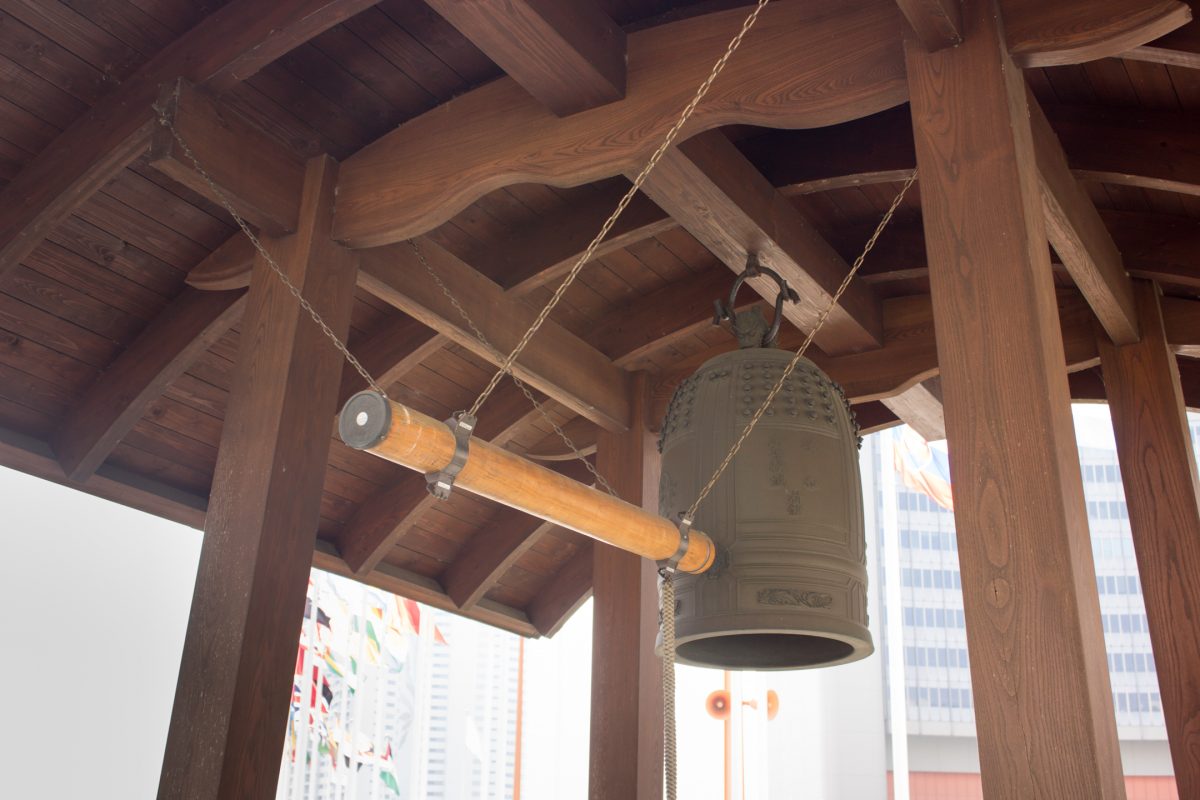Bumped this up in my reading queue so I could have it done prior to the discussion of my recent book club read, The Curve of Binding Energy. It seemed like it would be a nice accompaniment, and it was—didn’t captivate me with the writing style in the way McPhee does, but it sure tackled the same material from a perspective 40-odd years later. Not an update, per se, but a companion.
I’ve read a fair few books about the nuclear industry, both weapons and civilian, and found this to be a very interesting addition to that set. Because it’s not about the history, really, the way most of those others have been. Sure, there’s some context provided, but it’s mostly interested with what’s going on right now. It’s very clear that, for all our collective willingness to treat nuclear weapons as a problem that ended with the Cold War, they are still very much an ongoing concern. And boy, is that ever a thing to be worried by. Although how much to worry might vary a bit as you read the book, because a lot of the people working in the industry are doing so because they want to make sure it’s safe, that we won’t be facing the nuclear apocalypse.
This was an absolutely fascinating read, and I got through it… not in one sitting, because I started it too late in the day for that, but in the space of 24 hours. Well worth reading; check it out.1
- This is a Bookshop affiliate link – if you buy it from here, I get a little bit of commission. It won’t hurt my feelings if you buy it elsewhere; honestly, I’d rather you check it out from your local library, or go to a local book store. I use Bookshop affiliate links instead of Amazon because they distribute a significant chunk of their profits to small, local book stores. ↩
